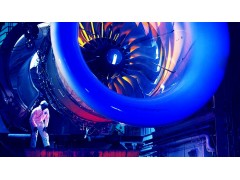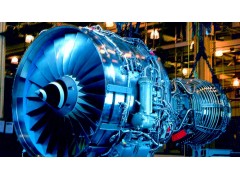


Search
|
Home » Welcome

RENTSCHLER’S PRINCIPLES ENDURE AT TODAY’S PRATT & WHITNEYDespite the many differences between Pratt & Whitney today and the company of 85 years ago, there are also abundant similarities. In 1925, when Frederick Brant Rentschler founded Pratt & Whitney, he was guided by principles and practices that have stood the test of time: integrity, listening to the customer, product quality and bringing together a strong team with a shared vision, to create the best engines possible. A reliable product and a satisfied customer were everything in the early years of Pratt & Whitney, just as now. Continuous improvement, whether of a Wasp engine or a PurePower® engine, is valued today just as it was in the '20s and '30s. And Rentschler focused constantly on putting together the best possible team. He placed great value on integrity, as the company does today. In 1941, with the nation preparing for war, he worried that the company’s profits were too high, so he dropped prices to a “conscionable” level. (The U.S. Navy was quite pleased.) As much as he created a company, Rentschler built a company’s reputation. He was proud of the “clean record” his company had established during the war and of his “well-rounded team… confident in each other and with complete mutual respect.” The team, “thoroughly trained” in the company’s “fundamental policies and concepts” and knowledgeable of aviation, “is our greatest asset,” he wrote. For the top positions, Rentschler relied on familiar names such as Andy Willgoos and George Mead, and he was always quick to credit the hands-on employees responsible for the “miracle” of engine-building. Since the beginning of aviation, aerospace companies have risen and fallen, but only exceptional ones like Pratt & Whitney flourish through good times and bad, meeting challenges on every front—technical, political, financial. Looking back, the achievements of Rentschler and his team were stunning by any measure: They shaped a new industry while a world war was brewing. They pioneered both liquid and air cooled engine types, then made the leap into turbojets. They raised capital, outfitted facilities and during the war, taught automotive companies how to build tens of thousands of Pratt & Whitney products. They met technology goals, often within tight time frames and modest budgets. They created productive partnerships, some still ongoing. Starting first in military aviation, they added airframers as customers and finally airlines, as safe and reliable powerplants began to make it practical to carry not just sacks of mail, but passengers. Rentschler and his colleagues created one of the most powerful corporations of the day, arousing the ire of the Roosevelt New Dealers. Rentschler later lamented in his memoir that United Aircraft & Transport Corporation’s “only crime was that we had earned a reasonable profit in a field wher most others had lost their shirts.” At war’s end, Pratt & Whitney faced great uncertainty in terms of its future direction, but Rentschler was confident and optimistic. If he could see his company today, chances are good that he’d still be confident and optimistic…and proud. Pratt & Whitney. It's in our power.™ - See more at: http://www.pw.utc.com/Rentschlers_Principles#sthash.SBbMhLG2.dpuf [Detailed introduction] |



